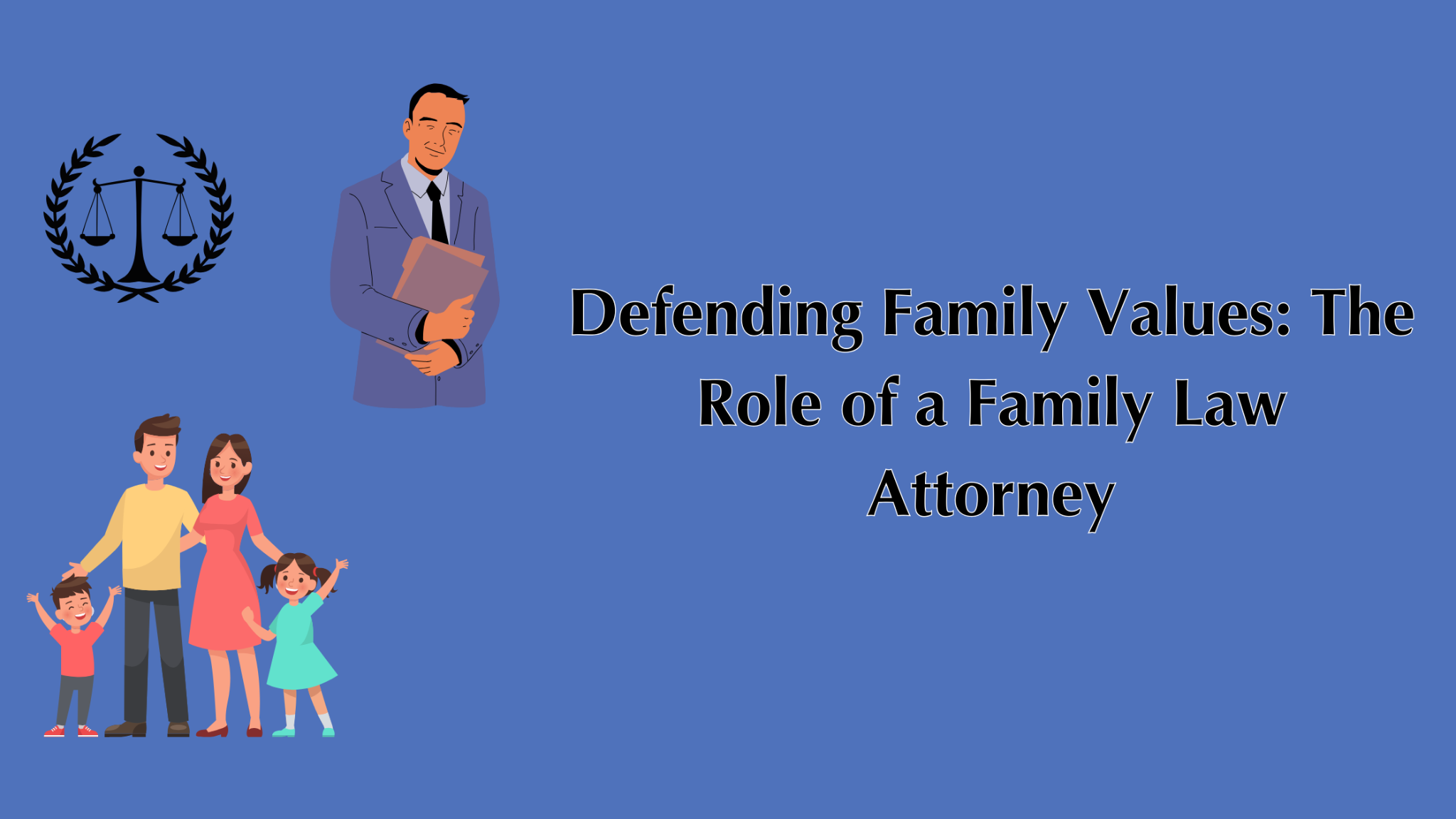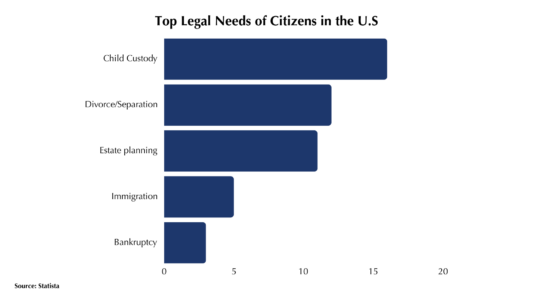Types of Domestic Violence and How to Protect Women From Domestic Abuse – Guest Post

Domestic violence seems to become a social evil that plays out in the lives of many people globally, with women being the ones suffering most. It has various presentations and is capable of affecting even the intangible aspects of a society’s fabric where the scars might not be seen yet are embedded more deeply than one can imagine. Identifying the various types of domestic violence is of greater importance in ending this scourge and creating a home with a bright future for women. Here, we will explore these types of domestic abuse and discuss strategies to prevent women from falling victims to abuse by their own family. However, have you thought about who are the people responsible for all these issues? Why is it that with each passing day we are recording an increase in number of domestic violence victims.
For clearing all your doubts and get answer to your questions, you must find the right criminal defence lawyer Brampton, as they have a lot of experience with such cases and they can show you the right course of action for justice.
Let’s now discuss the different types of violence and how they are creating hell for the victims.
- Physical Violence: It could be verbally or physically abusive, and it includes things such as beating, slapping, kicking, and using weapons. It makes it to the ones who are often the most visible form of abuse. A bruise or a scar will remain throughout the lifetime to manifest the callousness of such actions. Instruction women to make safety plans becomes the most important thing to avoid physical violence. This could mean that seeking or providing support to such places, acquiring aid from trusted persons or outfits, and even calling police offices can be vital.
- Emotional and Psychological Abuse: The emotional and psychological abuse has not been given much attention to, but on par with the physical way of violence, it can be just as damaging. This form of violence involves intimidation by words, gaslighting, verbal throws, and threats with the purpose of ruling out the victims’ autonomy and dignity. Faced with the challenging task of coping with emotional abuse, women need to surround themselves with the support system that consists of the tight circle of families and friends, consult a professional psychologist, and say clearly and firmly “no” to the aggressive person in their life.
- Financial Abuse: Often, abusers use money as a leverage to continue domination through control and symbolic power over the victim. Financial abuse is based upon the motif of limiting access to financial resources, impediment of employment opportunities, depiction of the person as incompetent, and forcing the other person to be financially dependent. Enabling women with the financial literacy will help eliminate their financial dependence and also access of resources such as shelters and legal aid which contribute to breaking free from financial mistreatment.
- Sexual Abuse: The violation of sexuality for or within intimate relationships which is a form of domestic violence is typically reported due to bypass the stigma and shame. It refers to the behaviours like rape, coercion, and sexualizing of an individual and advancing one’s own purposes. Offering survivors a gateway to specialized counseling and support systems, advocating for the comprehensive education of sex as well as punishing the perpetrators in a legal process are imperative in what makes up the steps to dealing with sexual abuse within domestic settings.
- Digital Abuse: Through uprising technology, the abusers have used these platforms to exert control and make the survivor feel powerless. Digital abuse is the posting, sharing, and dissemination without permission of intimate pictures, images, and videos. It also consists of bullying, harassment, and stalking. Teaching women about safety online, advocating for stricter cyberbullying laws, and training on setting healthy digital boundaries may reduce the power of abusive digital behavior.
Wrapping up:
As per the top Brampton’s Premier Criminal Defence Lawyer, Educating women to take note of the warning symptoms of domestic physically abusive, providing social surround in which victims are believed, and punishing abusers using both the judicial and social methods are crucial strategies to curbing all types of domestic violence. Through education, networking, Empowerment of others, and coordination across communities, we can create a world where women live free of violence and oppression. Every woman should be treated in a manner which enables her to feel loved, appreciated and self-sufficient. Together let us stub out domestic violence and create a future for all women where they feel secure.
We no longer have to wait for people to realise that they have been very wrong with you. Compromises and adjustments have limits and once the limit is crossed, you must seek legal advice to know the right step and how you can stay far from people who should never have been in your life.











